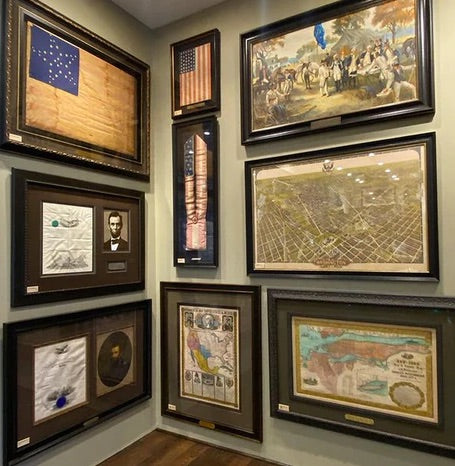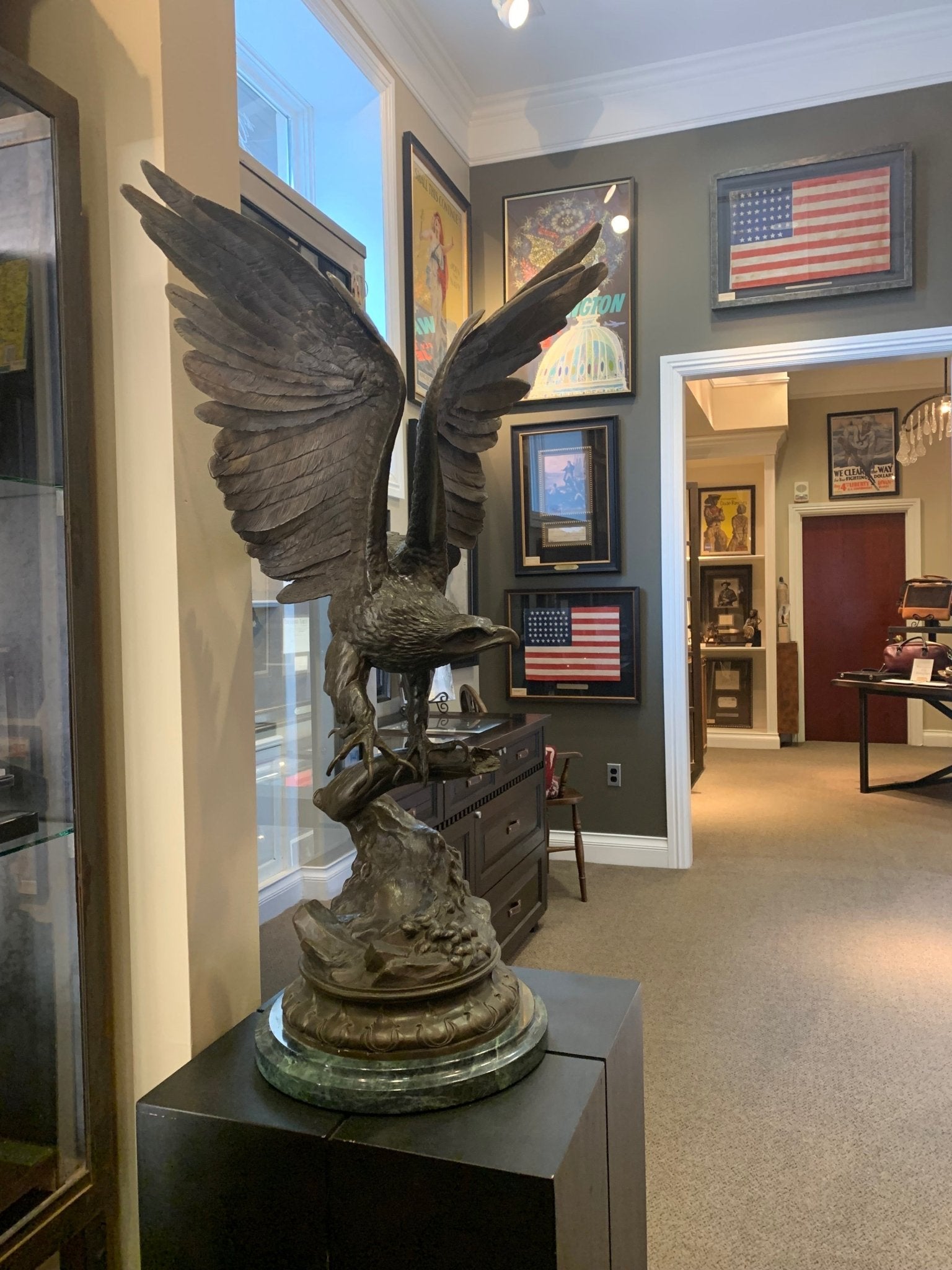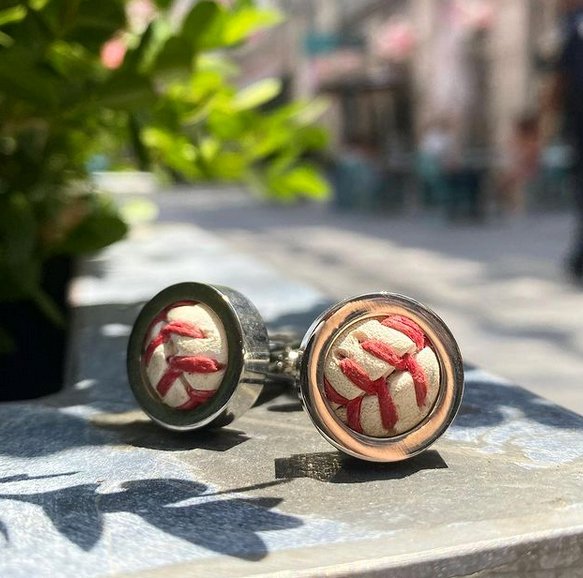How to Care for Your Framed Piece at Home
Almost all of the framed items that we sell are framed according to the most up-to-date and modern conservation standards. But what exactly is conservation framing? Conservation framing is a process used by high quality framers to ensure that items are protected as best, and as safely, as possible inside the frame. The highest quality materials are used and special techniques and procedures are put in place for this process. This process is especially important for the antique items we sell, which range from rare signatures and flags to maps and vintage posters. By framing our pieces this way, we are minimizing the natural environmental deterioration that happens to  pieces over time, as well as avoiding any further deterioration caused by lesser framing materials.
pieces over time, as well as avoiding any further deterioration caused by lesser framing materials.
Choosing the Right Frames
When working with our frame companies, we use a variety of materials to ensure each piece is protected and safe within its frame. We hand-pick high quality wood frames for each piece that highlight and compliment the contents within the frame. High quality glass options, such as Conservation Clear glass, Museum glass, and UV Plexiglass, are used to protect the pieces by filtering out 97% of UV light, which can cause fading over time. Rag matboard or archival linen mats are used in every frame.
Hanging with Care
Once a piece comes off our walls and becomes part of your personal collection, there are a few ways you can protect and care for your piece. Whether your piece is going to be the statement piece in an office or living room, or part of a great gallery wall in bedroom or a bar, there are some things to keep in mind when hanging. It's important to try to avoid long periods of direct sunlight due to the heat and UV light exposure. Also consider avoiding areas of high air pollution, such as kitchens and above fireplaces. When hanging your piece, pictures hooks are highly recommended instead of nails, as nails are not as secure and can slip out of the wall, causing damage to your frame. In cases of very heavy frames, it is best to use two picture hooks.

Cleaning Framed Antiques
Using quality materials when cleaning your framed piece is extremely important. Always make sure a soft cloth, like a microfiber cloth, is used for cleaning both the frame moulding and the glass. Never use harder materials such as paper towels, as they can scratch and damage the glass. Our wood frames can be cleaned with a gentle furniture dusting product applied to a soft cloth. Frames with gilt or silver-leaf embellishing should be dusted with a dry soft cloth. For the glass, it is important to remember to never spray the artwork directly. This can cause moisture to get into the frame and potentially stain the mat and/or artwork. To clean, lightly spray a high-quality glass cleaner onto a soft cloth, and gently wipe the glass in a small, circular motion. For plexiglass, a high quality plastic cleaner can be used, following those same steps (Art Source International).
Sources:
“Custom Framing in Boulder, CO.” Art Source International, 30 Oct. 2020, https://artsourceinternational.com/custom-framing/. Accessed 24 March 2022.





